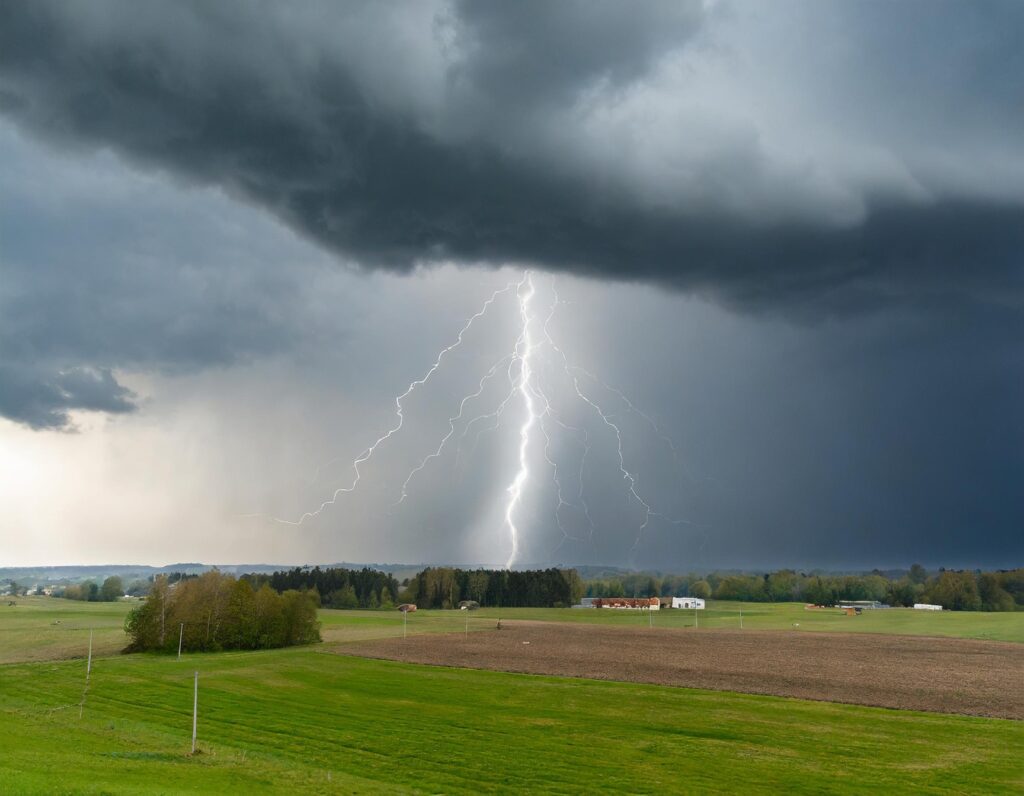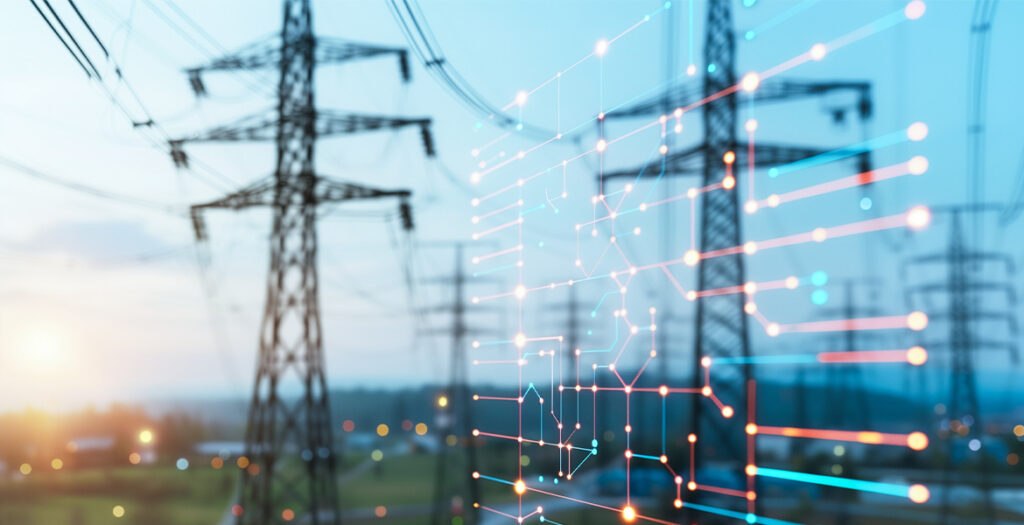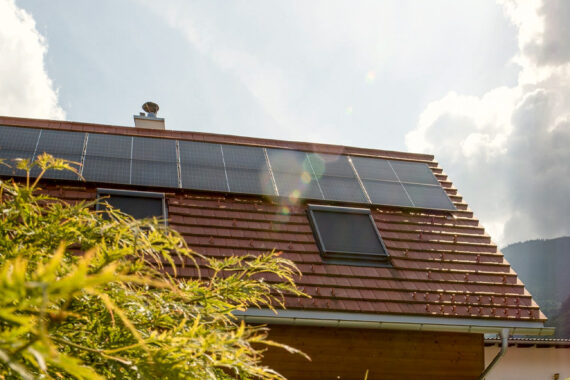Switching on the light, charging your cell phone, and even flushing the toilet—things that we all take for granted. But what happens when the power suddenly cuts out and the socket becomes a useless ornament from one moment to the next? In this article, we shine a light on the topic of blackouts.
What is a blackout?
Short-circuit response: a short circuit can quickly occur in a household, for example due to defective components, brittle insulation or water damage. This localized or household-related power outage is usually only short in duration and any damage can be repaired relatively quickly.
A blackout is when the power supply fails either regionally, or over large areas covering entire cities, countries or even continents due to a permanent power, infrastructure, and supply failure—for both private households and the public sector.
Everyone feels the consequences: there’s no light, heating or cooling; PCs, the internet, and mobile phones stop working; ATMs and cash registers are out of order. Even the water supply and wastewater disposal are affected, depending on the system and the duration of the blackout. Street lights, traffic lights, and elevators break down—and many more services simply go dark. When all electrically powered systems drop out, public life quickly comes to a virtual standstill.
It’s gone dark—but it’s not always a blackout
Important: Although the terms power failure and blackout are often used interchangeably, they differ primarily in their extent, duration, and consequences.
Power failures or outages can also last for several hours—especially after powerful storms—although “only” certain districts or regions are affected by the interruption to the power supply for a limited period of time; in principle, the grid remains largely intact and controllable. One example of this is a transformer failure in a particular district.
In contrast, a blackout not only results in a power supply failure over a large area, it also requires complex measures such as the decentralized use of suitable, black-start-capable power plants or the coordinated formation of sub-grids in order to restore the supply. A long-lasting, widespread outage throughout Austria caused by a domino effect in the European electricity grid would constitute a blackout.
Here’s a brief comparison:
| Feature | Power failure | Blackout |
| Extent | Local or regional | Nationwide or Europe-wide |
| Duration | Minutes to a few hours | Hours to days or longer |
| Causes | Technical faults, maintenance, storms | System failure, network overload, cyber attacks, natural disasters |
| Consequences | Limited impact | Major disruption to infrastructure and supply |
| Grid stability | Essentially intact | Collapse of the power grid |
| Restoration | Possible relatively quickly through grid operators | Complex, often decentralized restoration necessary |
| Example | Failure of a transformer in a district | Domino effect in the European grid |
–
What causes a blackout?
On April 28, 2025, there was an 18-hour blackout in Spain that affected 50 million people in Catalonia, Valencia, and Andalusia; regions in France, Germany, and Italy also experienced brief power cuts. Once the issue had been resolved, the reason was meticulously investigated. Several technical and systemic causes were identified that ultimately combined to lead to the blackout: overvoltage in the electricity grid, a lack of grid stability and control, fragile interconnectivity, and a lack of synchronization with the grid-connected neighboring France, as well as operational mistakes.
It is rarely possible to attribute a blackout to one cause alone; the interaction of several factors makes the reason for the total failure just as complex as its consequences.

Natural disasters and extreme weather conditions are not only increasingly putting the durability of existing mains supply infrastructures to the test, but can even destroy them—electricity pylons are lifted from their foundations by landslides, cables collapse under the weight of extreme snowfalls. Repair work is particularly dangerous and time-consuming under these conditions. Extreme heat waves, in turn, can cause sudden peaks in demand for energy, leading to an imbalance between generation and consumption, and exceeding capacities. A spontaneous dip or loss of (renewable) energy sources, for example in bad weather, also contributes to the volatility of the grid. Flexible and efficient grid regulation options are a must here.
–

In addition, the integration of renewable energies poses an additional challenge because these are often produced decentrally and are dependent on the weather, making both the production and feed-in forecasts, and the control of electricity flows somewhat more complicated. Nevertheless, the benefits of renewables clearly outweigh the risks—especially in times of climate change.
–

Like all complex systems, intra-regional power supply systems are also prone to faults: partly due to technical defects (turbine damage, material fatigue, switching faults), and also as a result of human error, e.g., in operation or maintenance. Such faults can have major consequences far beyond their original point of origin, because different components, systems or regions within a power grid are interdependent.
–

Hackers can cause significant damage with targeted cyber attacks on network or power plant control systems. These not only lead to instant power failures and even blackouts, but also to long-term hardware and structural faults that are difficult to identify or rectify. It’s therefore important to pay attention not only to robust system components, but also to secure energy infrastructure and data protection in particular.
–
Power supply in Europe

The European electricity grid can best be imagined as a road network with lots of streets branching off it, in which the electricity always seeks the easiest route from the generator to the consumer on highways or back roads. The normal frequency at which electricity regularly flows through the power lines is exactly 50 Hertz; problems arise when this frequency is disturbed, e.g., when too much current is drawn from the grid instead of being supplied. The balance is impaired and errors occur.
While minor deviations with a fluctuation range of 0.2 Hertz—i.e. 49.8 to 50.2 Hz—can still be readily balanced out, major imbalances can sometimes cause the grid to collapse. In these cases, the transmission system operators attempt to implement countermeasures and stabilize the situation in good time. In Europe, 44 transmission system operators regulate the flow of electricity. These are well networked with each other, because there are generally no isolated solutions for individual countries.
Countermeasures to rectify faults in one place can lead to cascading effects elsewhere, i.e. a chain reaction. Therefore, for safety reasons, switch-offs occur from frequencies of 51.5 or 47.5 Hertz to prevent major hardware damage to the electrical systems. When this occurs, the grid is shut down, i.e. de-energized. In contrast to uncontrolled and unplanned power outages over a longer period of time—i.e. a blackout—this controlled shutdown is referred to as a brownout. The grid can only be restarted slowly and gradually after a brownout, but there is much less damage to be repaired than after a blackout.
–
Reliability starts with good planning
One thing is clear: a blackout is a scenario that nobody wants to experience. However, with the right preparation uncertainty is replaced by certainty. This applies both to the federal states and municipalities, but above all to each individual household. Numerous blackout checklists provide valuable tips on how to optimally prepare your home—and yourself, of course—for an emergency. Sophisticated energy solutions play a key role here and ensure security of supply when things suddenly go dark. Check out this blog post and discover which components are the true heroes when a power failure happens.






